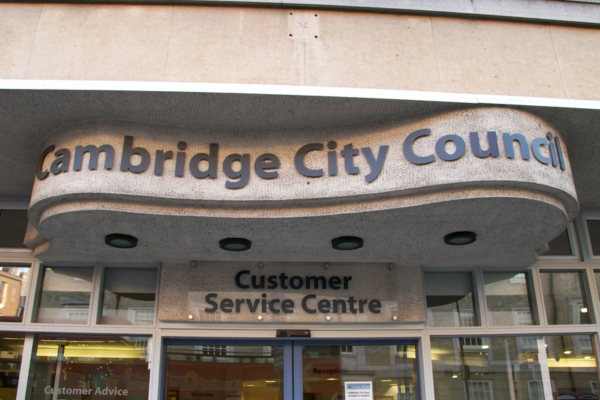We need your help to produce a map of all the trees in Cambridge.
The map will help inform the way we manage the city’s urban forest. We’re using a free and simple digital-mapping tool called Treezilla to build it.
Treezilla is a citizen science project that is aiming to encourage members of the public, local authorities, business, local groups and other organisations to collaborate in mapping, measuring and monitoring trees across the United Kingdom and Republic of Ireland.
By adding the trees in your gardens and on your land we can better understand the city’s urban forest.
We’re especially interested in mapping the city’s ash trees that are under threat from ash dieback disease.
Treezilla lets anybody with a computer or mobile phone add trees to its global map. There’s plenty of guidance on the Treezilla website.
Sharing the map online and allowing you to edit it will have a number of benefits.
It will help highlight the important contribution trees make to our urban environment. And it will help landowners assess their tree cover, species diversity, and potential threats from pests and diseases.
Mapping ash trees
Ash trees form a significant proportion of Cambridge’s urban forest. They grow well in the area’s rich soil and comparatively dry environment.
We estimate there are about 53,000 ash trees in the city, which is about 22% of the city's 240,000 trees.
We know where all the publicly owned ash trees in Cambridge are. We need your help to find every ash tree found in gardens and on private land, or in wild areas, and add them to our tree map.
If you can help, download the Curio-xyz smartphone app and sign up to our ash mission. Add any ash tree you find – it doesn’t matter how big it is or how healthy it is.
Visit Curio’s help page and Curio’s YouTube channel to find out how the app works, including how to add trees and join missions.
If you need some help to get started, join us on an ‘ash hunt’, where we’ll show you how to identify ash trees and use the app. We’ll start running these in June 2020, when the trees are in leaf.
If you want to help us cover as much of the city as possible, you can become an ‘ash ambassador’.
As an ambassador, we’ll let you choose an area of the city and ask you to search it for any ash trees that are not yet on the map. We’ll give you all the information you’ll need to help you on your way. We’ll publish more information about this scheme soon.
With the information you gather, we’ll be better able to understand the threat ash dieback poses in Cambridge. We’ll be able to plan a resilient urban forest, helping to minimise the disease’s impact on the city’s biodiversity.



